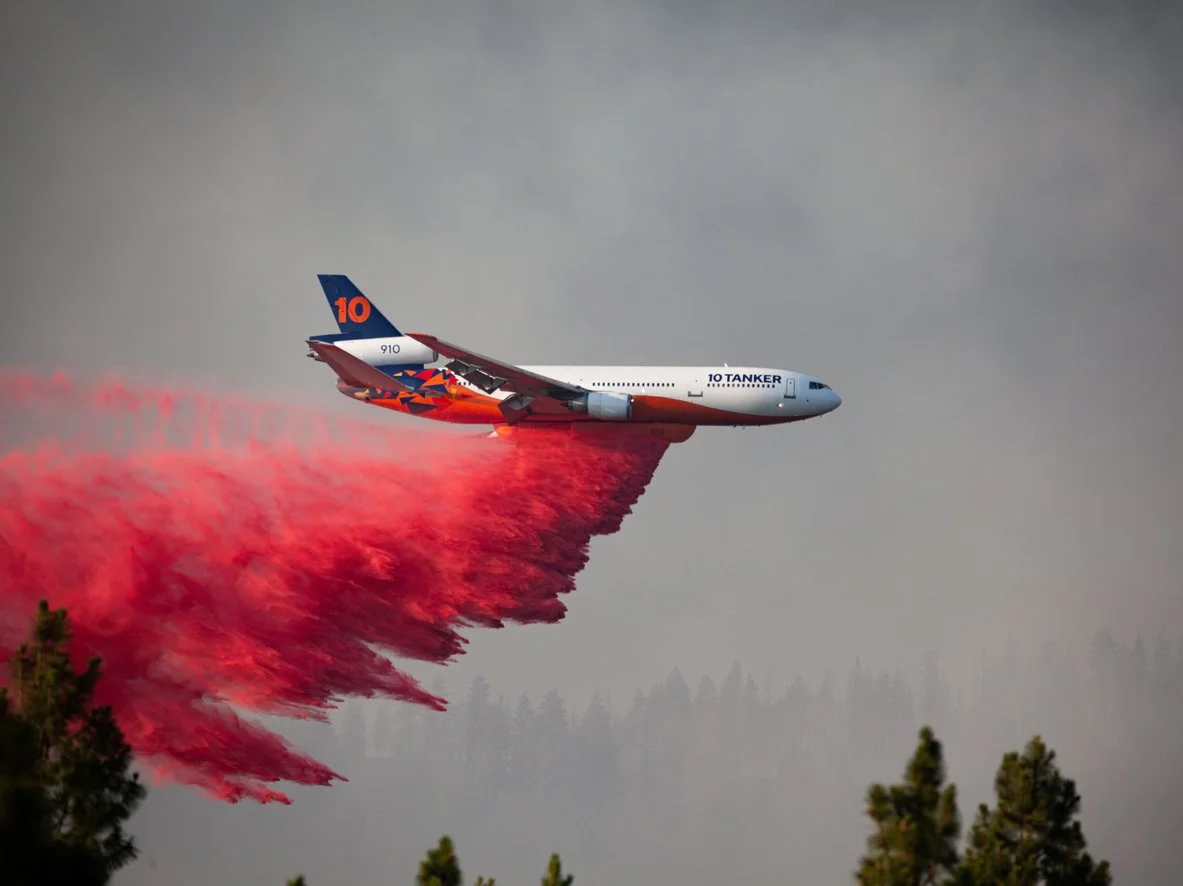2025 has been an explosive year for wildfires. As I write this, a thick haze of smoke you can taste pervades the sky. Over 150,000 acres are burning in Colorado. Another 280,000 acres are burning in California, and the Lee Fire, near Meeker, Colorado is doubling and tripling as low (8-12%) humidity, 90+ degree temperatures, and 20-40 mph winds pummel firefighters. 2025 has seen over 3.5 million acres burned across the country.
Wildfire has always been a fact of life. Timothy Egan’s The Big Burn is a page-turning account of the 1910 fire the size of the State of Connecticut that swept across Washington, Idaho and Montana in a single weekend. Smoke clouded skies in Chicago and New York. That fire birthed knowledge of forest stewardship and fire prevention.
As we turn the page on the first quarter of the 21st century, the challenges intensify. A NOAA report identified that between 1985 and 2015, large wildfires had doubled. Why? The same report found that with every 1˚C increase, wildfire increases by as much as 600%. It’s not difficult to understand why.
The five drivers of wildfire are: 1) increased temperatures; 2) extended wildfire seasons; 3) extended drought; 4) a charged atmosphere; and 5) enhanced drying of organic matter. While the igniting factors haven’t changed; eighty percent fires are the result of man (the next highest cause is lightning). But the difference is the rate growth and scope of fires.
One need not look beyond the extended drought in the West. In the 1900s drought frequency on average was once every 8-10 years. Since 1995, the rate has increased to once every 3-5 years. And the droughts have become more severe. The drying effect on organic matter, together with a super-charged atmosphere leads to larger and more severe fires. For every 1˚C rise in atmospheric temperature, the atmosphere stores an additional 7% more water, heat, and energy. Remember, the Bunsen burner and glass beaker back in high school science class, heat water and steam (energy) results.
An example of the explosive growth of fire is the Lee fire that is now burning in Colorado. Believed to have resulted from a lightning strike on August 2nd, it spread to 700 acres in one day. Five days later it surpassed 100,000 acres despite an aggressive firefighting campaign by 13 aircraft, 62 engine companies, ground crews, and heavy equipment cutting fire lines. Fifty miles to the southeast, I write this. The pictures below, taken a week apart, speak volumes.
With a non-existent snowpack, dwindling streamflows, temperatures in the 90s, humidity levels hovering between 8-13%, and 20-30 mph winds, the future isn’t bright. For those that still believe climate change is a hoax, look out your window.



